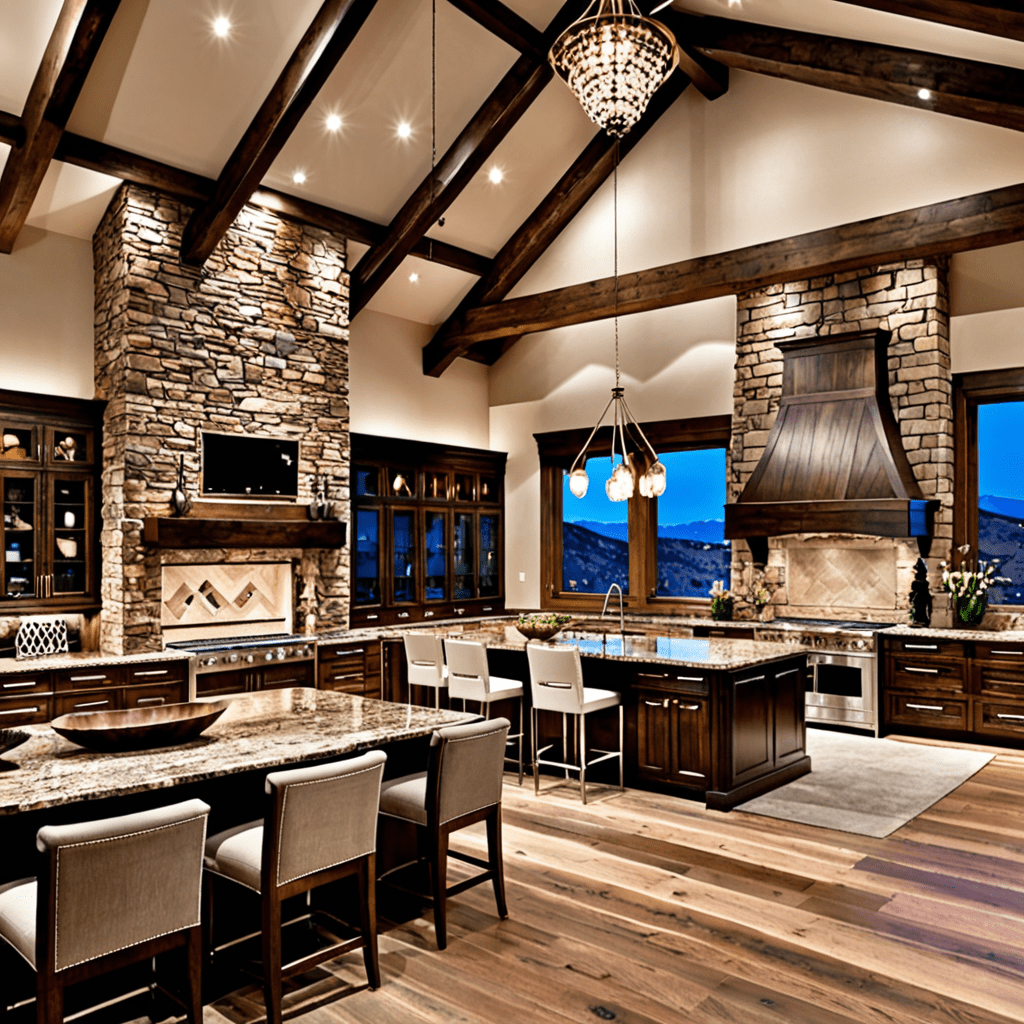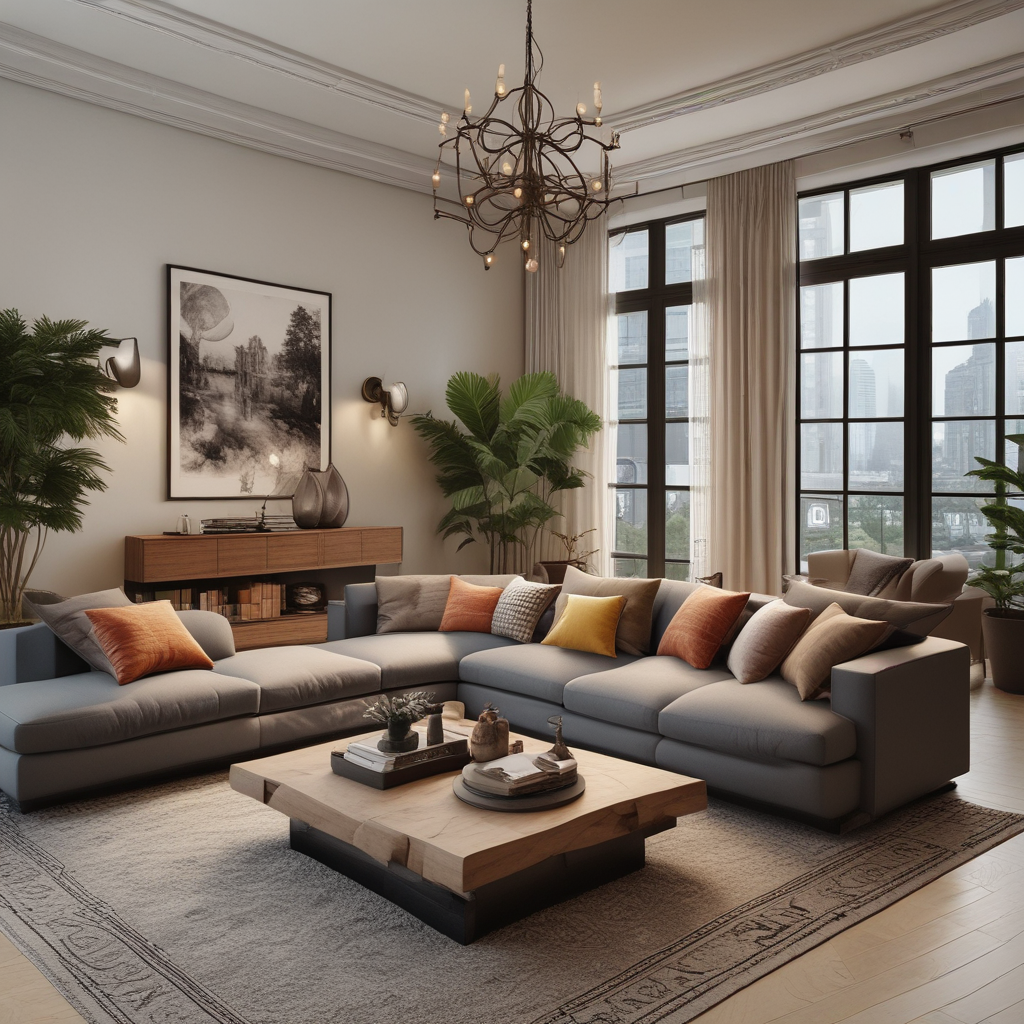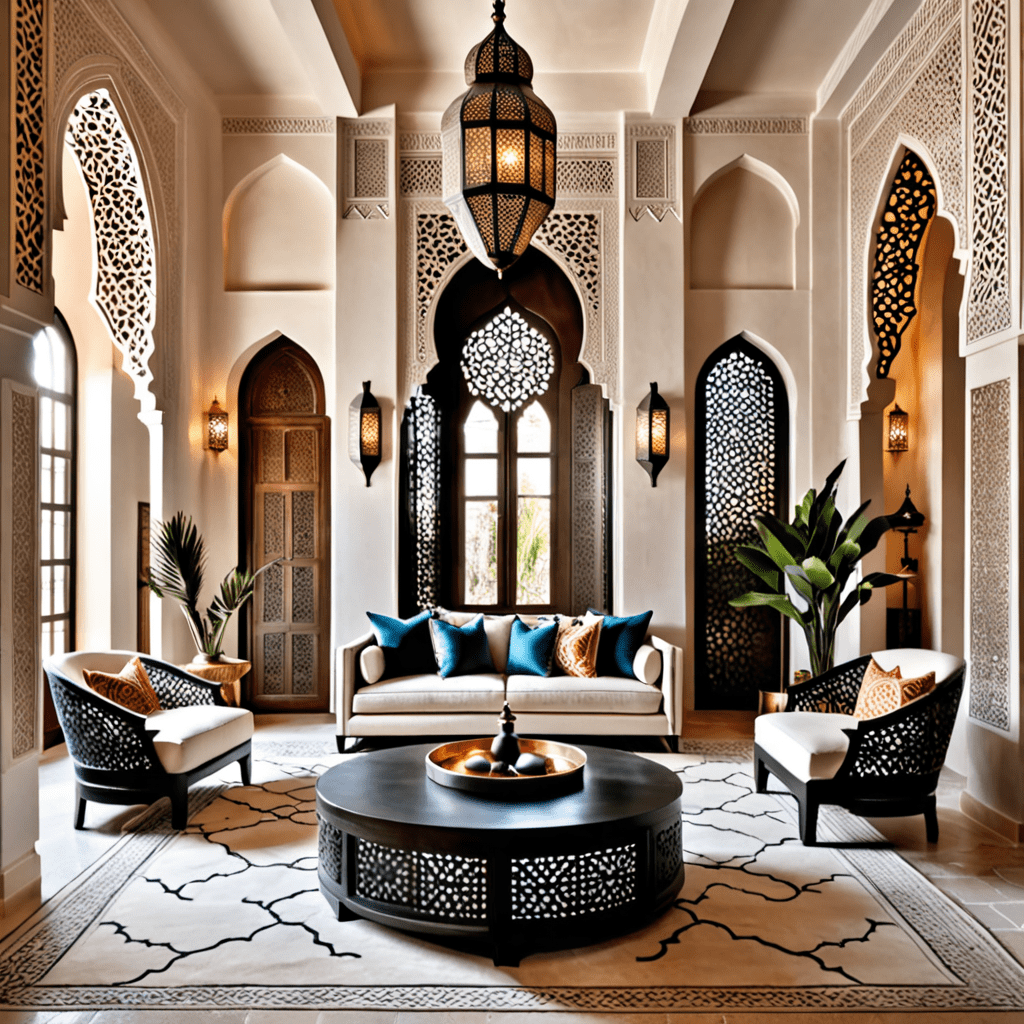Unlock Your Creativity with a Diploma in Interior Design


Unlock Your Creativity with a Diploma in Interior Design
Are you passionate about transforming spaces and creating aesthetically pleasing interiors? Do you have an eye for detail and a flair for design? If so, pursuing a diploma in interior design could be your ticket to a rewarding and fulfilling career in the world of home and interior design.
What Is a Diploma in Interior Design?
A diploma in interior design is a comprehensive program designed to equip individuals with the necessary skills and knowledge to excel in the field of interior design. This diploma typically covers a wide range of topics, including design principles, spatial planning, color theory, materials and finishes, furniture design, lighting, and more. Students also learn about industry-standard design software and gain practical experience through project-based learning.
Why Pursue a Diploma in Interior Design?
A diploma in interior design provides a solid foundation for individuals looking to kickstart their careers in the dynamic and ever-evolving field of interior design. It offers a structured learning environment that allows students to explore their creativity, hone their design skills, and build a portfolio of work that showcases their talent and expertise. Additionally, completing a diploma program can open doors to a variety of career opportunities, including working as a residential or commercial interior designer, a design consultant, a set designer, or even pursuing entrepreneurship in the design industry.
Key Skills and Knowledge Acquired
During a diploma in interior design program, students acquire a diverse set of skills and knowledge that are essential for success in the industry. These include:
– Design Principles: Understanding the fundamental principles of design, such as balance, harmony, rhythm, and proportion, is crucial for creating functional and visually appealing spaces.
– Spatial Planning: Learning how to effectively plan and optimize spatial layouts to enhance the functionality and flow of interiors.
– Color Theory: Mastering the psychology of color and its application in interior design to evoke specific moods and create cohesive color schemes.
– Materials and Finishes: Developing an understanding of various materials and finishes used in interior design, including their properties, durability, and aesthetic appeal.
– Furniture Design: Exploring the design and selection of furniture pieces that complement the overall aesthetic and functionality of a space.
– Lighting: Understanding the principles of lighting design and its impact on the ambiance and functionality of interiors.
– Design Software: Gaining proficiency in industry-relevant design software, such as CAD and 3D modeling programs, to create detailed designs and presentations.
Career Opportunities and Growth Potential
With a diploma in interior design, graduates can pursue a variety of career paths, including:
– Residential Interior Designer: Working with homeowners to create personalized and functional living spaces that reflect their lifestyle and preferences.
– Commercial Interior Designer: Collaborating with businesses to design retail, hospitality, office, and other commercial spaces that align with their brand identity and operational needs.
– Set Designer: Venturing into the world of entertainment and media by designing sets for films, television shows, theater productions, and events.
Furthermore, as the demand for innovative and sustainable design solutions continues to grow, there are ample opportunities for interior designers to specialize in areas such as eco-friendly design, universal design, and accessibility, as well as to explore emerging technologies and trends shaping the industry.
FAQ
Q: Can I pursue a diploma in interior design without prior design experience?
A: Yes, diploma programs in interior design are designed to accommodate students with diverse backgrounds. Whether you have prior design experience or are completely new to the field, a diploma program can provide you with the essential skills and knowledge to kickstart your career in interior design.
Q: What are the prerequisites for enrolling in a diploma in interior design program?
A: While specific prerequisites may vary by institution, most diploma programs require applicants to have a high school diploma or GED. Some programs may also request a portfolio showcasing your creativity and design interests.
Q: How long does it take to complete a diploma in interior design?
A: The duration of a diploma program in interior design can vary, but it typically takes around 1 to 2 years to complete. Part-time and online options may also be available, offering greater flexibility for working professionals or those with other commitments.
Q: What career support is available after completing a diploma in interior design?
A: Many institutions offer career services to assist graduates in securing internships, employment opportunities, and developing their professional portfolios. Additionally, some diploma programs may have industry partnerships that facilitate networking and job placement.
Unlock Your Potential in Interior Design
A diploma in interior design is not only a stepping stone towards a rewarding career but also an opportunity to unleash your creativity and make a meaningful impact through design. Whether you aspire to create stunning residential interiors, transform commercial spaces, or delve into the world of set design, a diploma in interior design can provide you with the skills and knowledge to turn your passion for design into a thriving profession. Embrace the journey of learning, exploration, and creativity, and unlock the door to a world of endless design possibilities.




